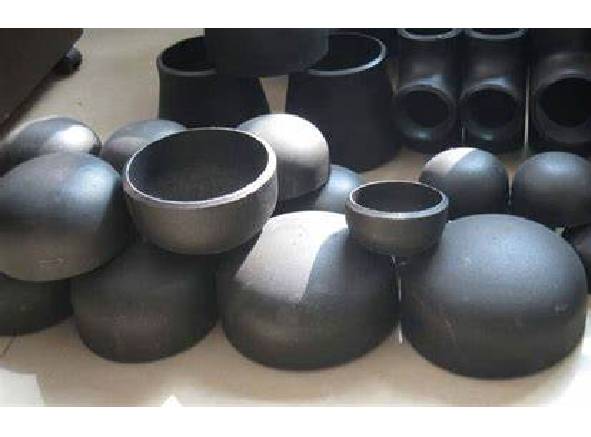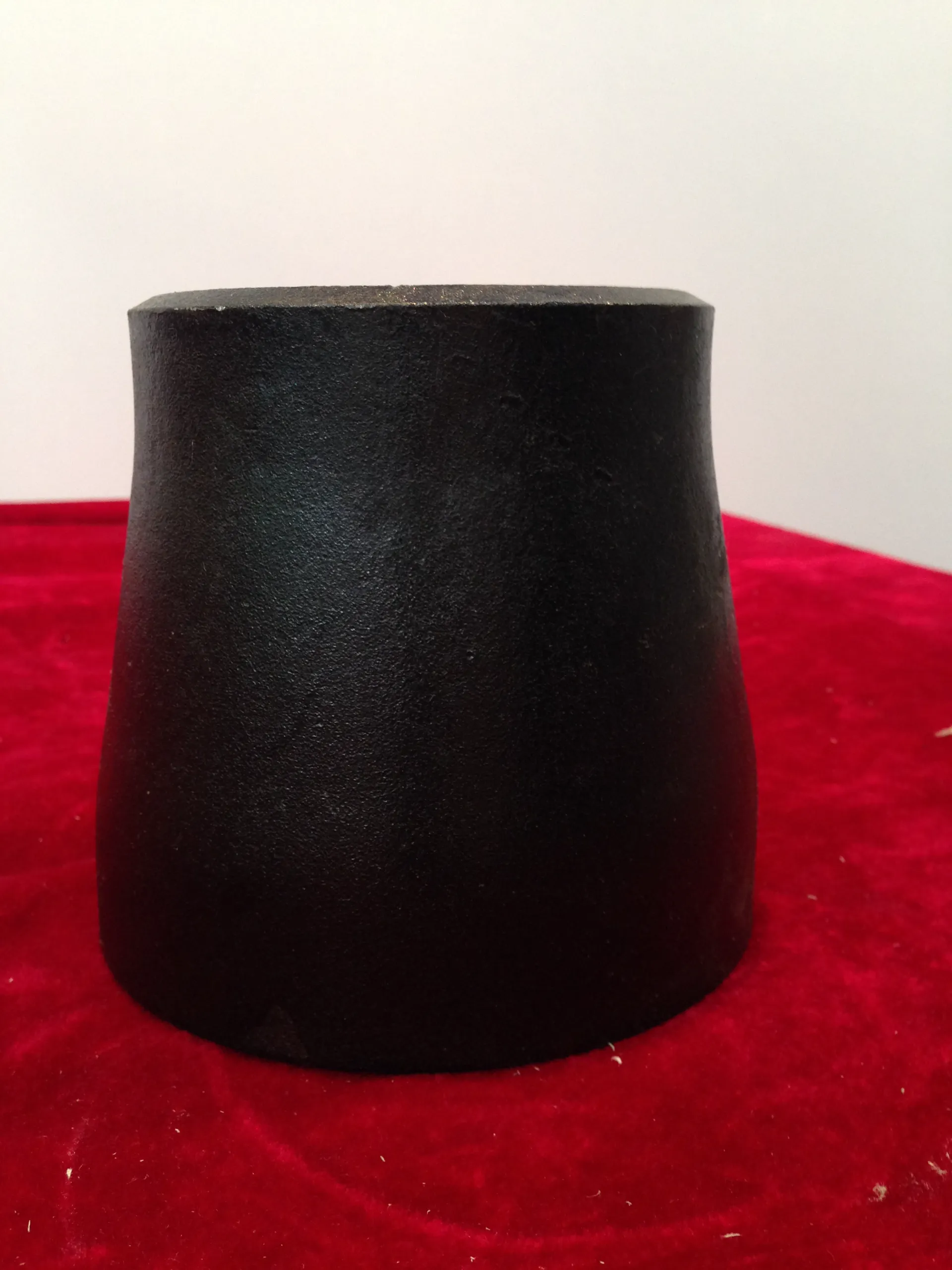-
Cangzhou Yulong Steel Co., Ltd.
-
Phone:
+86 13303177267 -
Email:
admin@ylsteelfittings.com
- English
- Arabic
- Italian
- Spanish
- Portuguese
- German
- kazakh
- Persian
- Greek
- French
- Russian
- Polish
- Thai
- Indonesian
- Vietnamese
- Zulu
- Korean
- Uzbek
- Hindi
- Serbian
- Malay
- Ukrainian
- Gujarati
- Haitian Creole
- hausa
- hawaiian
- Hebrew
- Miao
- Hungarian
- Icelandic
- igbo
- irish
- Japanese
- Javanese
- Kannada
- Khmer
- Rwandese
- Afrikaans
- Albanian
- Amharic
- Armenian
- Azerbaijani
- Basque
- Belarusian
- Bengali
- Bosnian
- Bulgarian
- Catalan
- Cebuano
- China
- China (Taiwan)
- Corsican
- Croatian
- Czech
- Danish
- Esperanto
- Estonian
- Finnish
- Frisian
- Galician
- Georgian
- Kurdish
- Kyrgyz
- Lao
- Latin
- Latvian
- Lithuanian
- Luxembourgish
- Macedonian
- Malgashi
- Malayalam
- Maltese
- Maori
- Marathi
- Mongolian
- Myanmar
- Nepali
- Norwegian
- Norwegian
- Occitan
- Pashto
- Dutch
- Punjabi
- Romanian
- Samoan
- Scottish Gaelic
- Sesotho
- Shona
- Sindhi
- Sinhala
- Slovak
- Slovenian
- Somali
- Sundanese
- Swahili
- Swedish
- Tagalog
- Tajik
- Tamil
- Tatar
- Telugu
- Turkish
- Turkmen
- Urdu
- Uighur
- Welsh
- Bantu
- Yiddish
- Yoruba

febr . 18, 2025 10:46 Back to list
The DIN 2641/2642 LOOSE PLATE FLANGES/ LAPPED FLANGES WITH COLLAR
DIN 2642 flanges, a type of loose flange often used in piping systems, are integral to various industrial applications. Their unique design and characteristics make them an essential component for professionals working in sectors such as chemical processing, shipbuilding, and water treatment. This article delves into the intricacies of DIN 2642 flanges, emphasizing the four key pillars of Experience, Expertise, Authoritativeness, and Trustworthiness (E-E-A-T).
From practical usage experience, implementing DIN 2642 flanges in piping systems can lead to significant benefits. Many field experts report reduced downtime and maintenance issues due to the easy replacement and alignment capabilities of these flanges. This adaptability translates to cost savings and enhanced productivity, as less time is spent on troubleshooting and repairs. Moreover, the modular nature of DIN 2642 flanges supports future-proofing of industrial operations. As systems are upgraded or expanded, these flanges simplify the integration process, whether it involves adding new segments or connecting to existing pipelines. This foresight not only safeguards current investments but also aligns with long-term strategic planning. Innovations in manufacturing technology have also augmented the appeal of DIN 2642 flanges. Advanced production techniques, such as CNC machining and precision forging, have resulted in components with superior surface finishes and exacting tolerances, directly contributing to smoother assembly processes and increased leak prevention. Despite their benefits, it's crucial for stakeholders to weigh the specific requirements of each project when considering DIN 2642 flanges. Evaluating factors such as pressure classes, thermal conditions, and chemical exposures will guide the selection of the appropriate material and design. For specialized applications, consulting with material scientists or engineers with domain expertise can provide invaluable insights. In conclusion, DIN 2642 flanges serve as a reliable and adaptable solution across a multitude of industrial applications. Their design enhances operational efficiency while ensuring safety and durability. By adhering to E-E-A-T principles, stakeholders can confidently employ these components, knowing they have selected a solution endorsed by experience, quality, and a robust foundation of industry standards.


From practical usage experience, implementing DIN 2642 flanges in piping systems can lead to significant benefits. Many field experts report reduced downtime and maintenance issues due to the easy replacement and alignment capabilities of these flanges. This adaptability translates to cost savings and enhanced productivity, as less time is spent on troubleshooting and repairs. Moreover, the modular nature of DIN 2642 flanges supports future-proofing of industrial operations. As systems are upgraded or expanded, these flanges simplify the integration process, whether it involves adding new segments or connecting to existing pipelines. This foresight not only safeguards current investments but also aligns with long-term strategic planning. Innovations in manufacturing technology have also augmented the appeal of DIN 2642 flanges. Advanced production techniques, such as CNC machining and precision forging, have resulted in components with superior surface finishes and exacting tolerances, directly contributing to smoother assembly processes and increased leak prevention. Despite their benefits, it's crucial for stakeholders to weigh the specific requirements of each project when considering DIN 2642 flanges. Evaluating factors such as pressure classes, thermal conditions, and chemical exposures will guide the selection of the appropriate material and design. For specialized applications, consulting with material scientists or engineers with domain expertise can provide invaluable insights. In conclusion, DIN 2642 flanges serve as a reliable and adaptable solution across a multitude of industrial applications. Their design enhances operational efficiency while ensuring safety and durability. By adhering to E-E-A-T principles, stakeholders can confidently employ these components, knowing they have selected a solution endorsed by experience, quality, and a robust foundation of industry standards.
Latest news
-
ANSI 150P SS304 SO FLANGE
NewsFeb.14,2025
-
ASTM A333GR6 STEEL PIPE
NewsJan.20,2025
-
ANSI B16.5 WELDING NECK FLANGE
NewsJan.15,2026
-
ANSI B16.5 SLIP-ON FLANGE
NewsApr.19,2024
-
SABS 1123 FLANGE
NewsJan.15,2025
-
DIN86044 PLATE FLANGE
NewsApr.19,2024
-
DIN2527 BLIND FLANGE
NewsApr.12,2024
-
JIS B2311 Butt-Welding Fittings LR/SR 45°/90° /180°Seamless/Weld
NewsApr.23,2024











